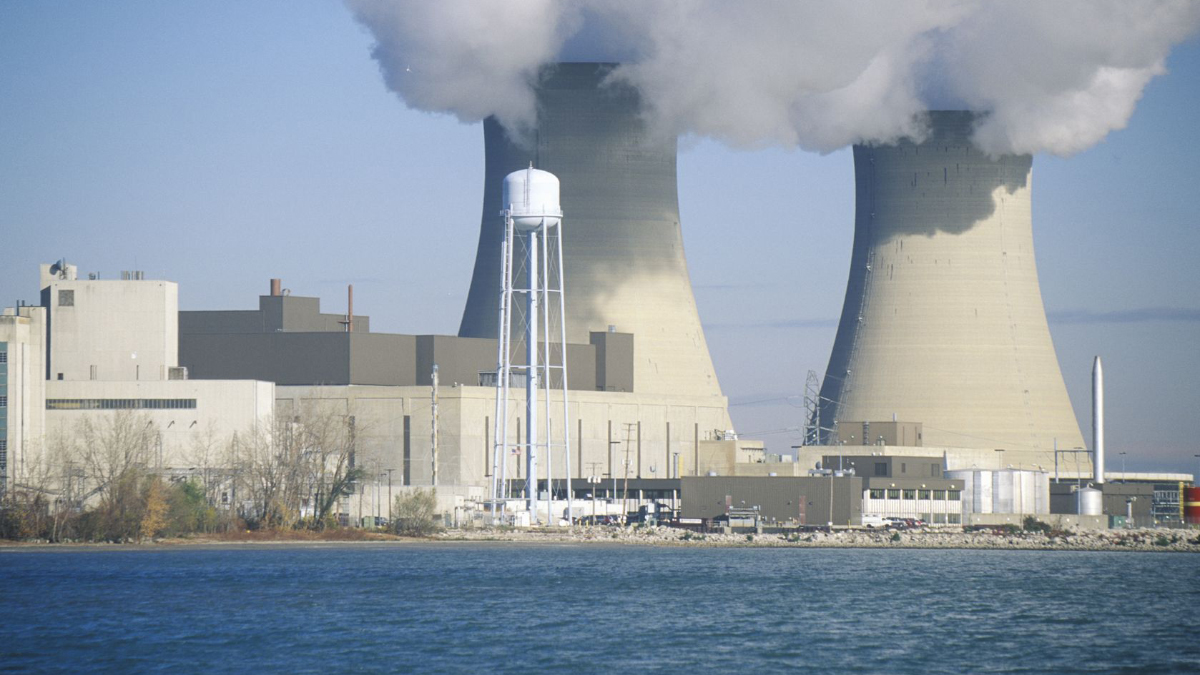In May, the U.S. Energy Information Administration released a daily energy briefsummarizing the current and future state of nuclear energy production in America. According to the EIA, nuclear’s share of the nation’s electricity generating capacity will drop from 20 percent to 11 percent by 2050. That decline coincides with a predicted growth in electricity demand of up to 92 percent—nearly doubling current consumption—over the same period.
Nuclear-powered plants can produce reliable, base-level electricity—typically generated by fossil fuels—with zero carbon emissions. Engineering innovations have resulted in advanced nuclear reactors that are much safer, more efficient, and more affordable than reactors currently in use. Such technology should have a promising future as a part of the U.S. energy portfolio. Unfortunately, regulatory requirements here at home have driven the cost of bringing new reactor technology to market so high that power companies are instead lobbying for billions in subsidies to keep decades-old technology in operation.
Transatomic, a company founded by nuclear engineers from MIT, are developing molten salt reactors that are “walk-away” safe (they do not require constant supervision), and produce less than half as much radioactive waste yearly as traditional nuclear reactors. The scientists at NuScale Power have developed a small modular nuclear reactor (SMR) that can be assembled in a factory and shipped on a flatbed truck, reducing up-front construction costs and providing more flexibility for electricity providers. Because of their small size, SMRs also cannot melt down. Bill Gates’ nuclear company (TerraPower) has designed a traveling wave reactor that can run continuously for 40 years, eliminating the need for refueling as the reactor consumes all of its original fuel.
In order to get their technologies to market, nuclear innovators must navigate a complex, burdensome regulatory framework established decades ago in the name of public safety. Innovation has put to rest many of the safety concerns that regulation was meant to protect us from. This regulation now operates mainly as a barrier to clean, affordable energy. NuScale Power’s SMR technology offers perhaps the best hope of next generation nuclear finding its way to the US power grid, but even that may take a decade or more to become reality.
In the beginning of 2017, NuScale submitted the first-ever design certification for a SMR in the United States. That application, 12,000 pages long, must be reviewed by the Nuclear Regulatory Commission. At the end of the 40-month review period, the NRC will issue NuScale a design certification for their reactor. That certification will be valid for 15 years, during which time NuScale will file for a combined license to build and operate that plant. The licensing process will take another 5 years, after which time construction finally can begin.
The NRC charges $265 per professional staff-hour to review permits, licenses, and other required documentation. According to Mason Baker, Chief Legal Officer for the Utah Area Municipal Power Supply (which is working with NuScale to build their first SMR), UAMPS relies on a 50 percent financial partnership with the Department of Energy to cover initial development costs. Without such support, the cost of regulatory compliance—which Baker estimated would amount to seven figures by the end of the submission process—would prevent the project from ever getting off the ground.
TerraPower signed an agreement with China National Nuclear Corporation at the end of 2015 to build its reactor design overseas. The company hopes eventually to bring the technology back home.
If the U.S. wants a future of diversified, clean energy, the NRC needs to reform the way it permits and licenses nuclear technologies. The current framework effectively stymies innovation and forces nuclear companies to rely heavily on government support. Heavy government involvement in energy production does not make for a healthy, competitive energy market.












